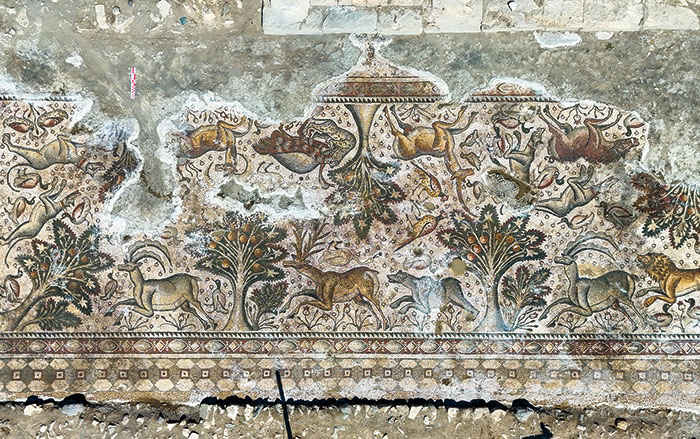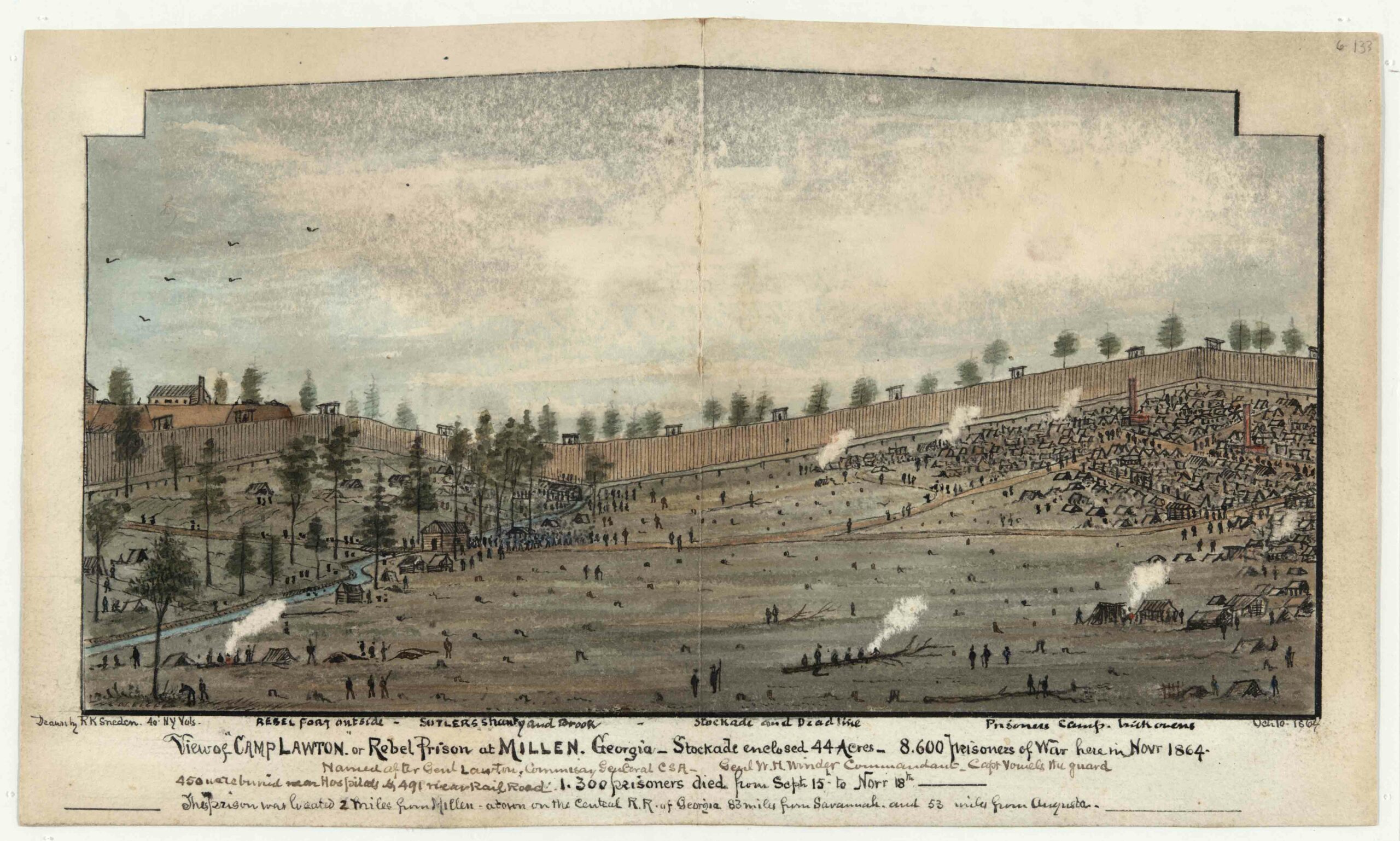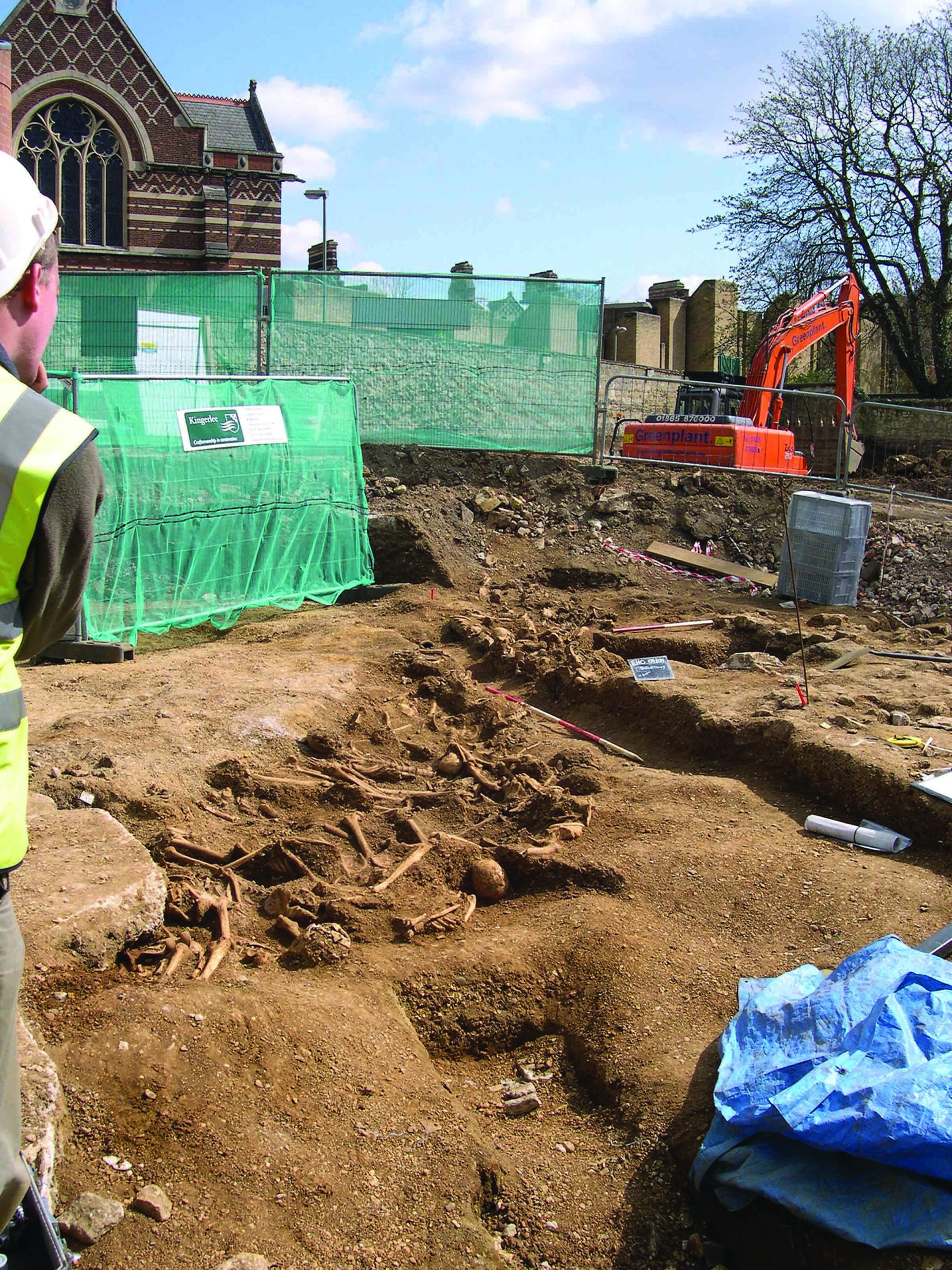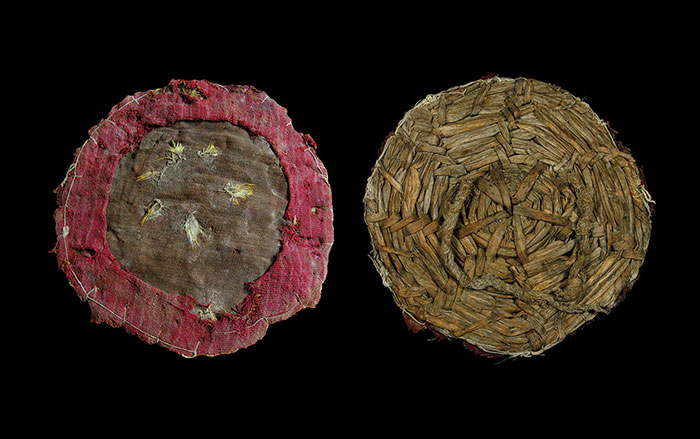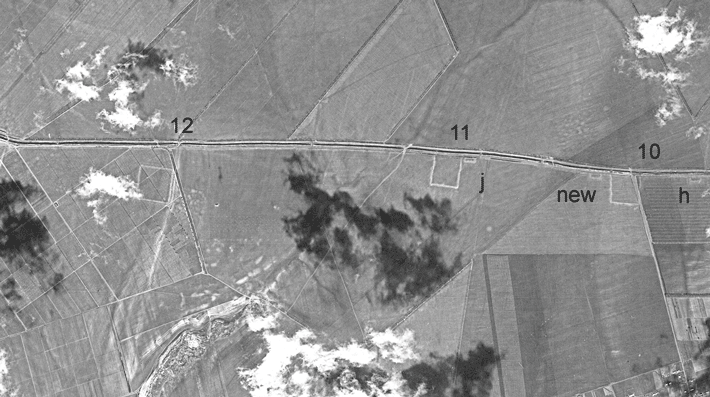
Half the archaeological sites discovered in Britain over the last 70 years were found via aerial photography. Archaeologists continue to dig through World War II reconnaissance and recently declassified U.S. surveillance satellite photographs to uncover new ones.
William Hanson of the University of Glasgow and Ioana Oltean of the University of Exeter have brought this technique to the eastern Romanian region of Dobrogea, studying 1960s photographs of the area. They noticed three distinct, overlapping fortifications stretching over 38 miles—two of earthwork and one of stone—with more than 30 forts attached. The structure of the barriers is similar to that of Hadrian’s Wall in England. The team suggests the fortifications could date to the second century A.D., when they might have been the Roman Empire’s easternmost frontier defenses.
“This photography shows the landscape as it was before the destructive impact of later twentieth-century development,” Hanson explains, adding that such photography of the Middle East is also available. “The potential to change our understanding of the historical landscape in such areas is considerable.”



